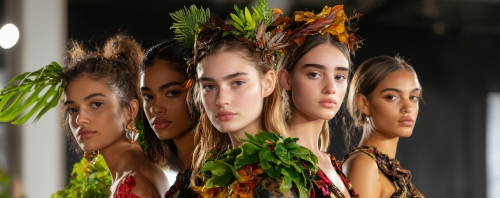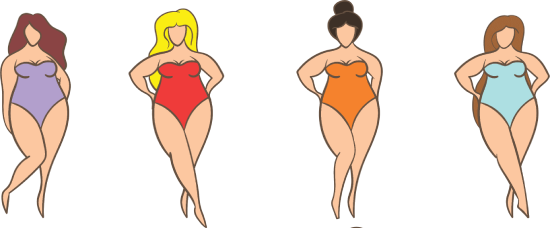Diversity and Inclusivity push the idea that the human race belongs to one big family. This idea is prominent in academia, politics, and several fields of human endeavor. Thankfully, the idea of diversity has crept into fashion.
Ideally, fashion was meant to appeal to everyone irrespective of physical identity and cultural background. However, it has not been like that for a long time. Today, brands are trying to change that by embracing inclusivity in their marketing and design. Social media has been a key driver of this trend. Let's have a look at what true fashion diversity means.
Key Areas of Fashion Diversity

Diversity in fashion means creating a place for everyone across the board regardless of their ability, background or skin tone. Here are some of the major areas where we are seeing diversity and inclusivity.
Breaking Down Gender Barriers
There was a time when women's dresses had to adhere to certain standards. These restrictive standards meant low bodily autonomy, thanks to the rigid patriarchal value system of the time. Over the 20th century, women have fought for the right to wear trousers and other clothing materials that make them thrive in a corporate environment.
Women like Donatella Versace and Coco Chanel deeply shaped the female fashion world and broke stereotypes. Another angle is that we are beginning to see designers shatter the traditional trend by creating unisex clothes and accessories.
Representation of Different Body Shapes and Sizes

For a long time, fashion has meant a thin and tall figure for women. For men, it has always been about having a muscular and perfectly shaped body. Some people's quest for an ideal body figure has led to self-harm and anorexia. Gradually, the fashion world is pushing for a change by allowing inclusive sizing so that people can feel confident in their looks.
There are also some runways and models that feature plus-size, curvier, shorter and plus-sized models. This move will drive innovation, and we will see creative tailoring in the coming years.
Cultural Representation
The human race is a melting pot of different cultures. Before the 20th century, fashion was largely regional. People wore whatever matched their local climate, resources, customs, and cultures. Due to colonisation and trade, a few cultural fashion exchanges took place before the early 20th century. An example is Chinese silk. Through trade, silk was able to reach the Byzantine Empire, Rome, India and the Middle East.
Another classic example is Indigo dyeing, which has its roots in West Africa. During the colonial age, indigo dyeing found its way to the Americas and Europe.
These different cultures have always possessed unique techniques, patterns and silhouettes that can enrich the global fashion language. However, we are just unlocking this potential now. In today's global age, we are beginning to see cross-cultural collaboration between African, South American, Middle Eastern and European brands.
Advantages of the Diverse Outlook in the Fashion World
The increase in diversity has benefited both brands and customers. Some of the most visible advantages for brands include:
- More powerful brand loyalty: Brands are beginning to see a more loyal fan base because their customers see the brands reflect their values and beliefs.
- Better and global market reach: Brands like Fenty are beginning to embrace broader demographics across gender, age, race and size.
- Higher profits and market share: The introduction of diversity into ads and size-inclusive clothes means more purchases and higher revenues.
- Positive Media Image: Inclusive brands have a good reputation on social media platforms. They are also securing the endorsements of celebrities and talented designers.
Customers are not felt out. Two benefits they get to enjoy include:
- More Clothing Choices: People don't have to fit into certain archaic gender or size labels. There are plus-size, modest, adaptive and gender-neutral lines.
- Stronger Cultural representation: Customers can get to see clothing and accessories that reflect their culture and tradition.
Final Thoughts
Diversity in the fashion world is one of the best win-win situations ever seen in human history for businesses and their respective consumers. People can get more freedom and empowerment from what they wear. Brands are taking ethical and business decisions to provide better inclusivity and keep themselves profitable.